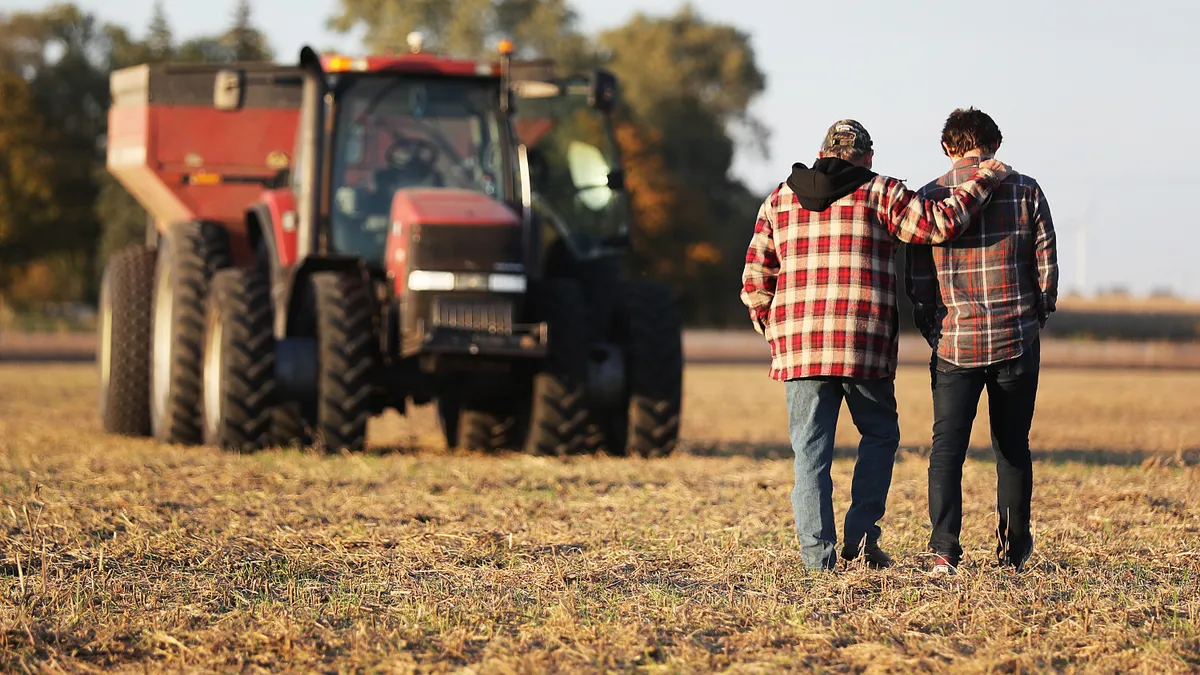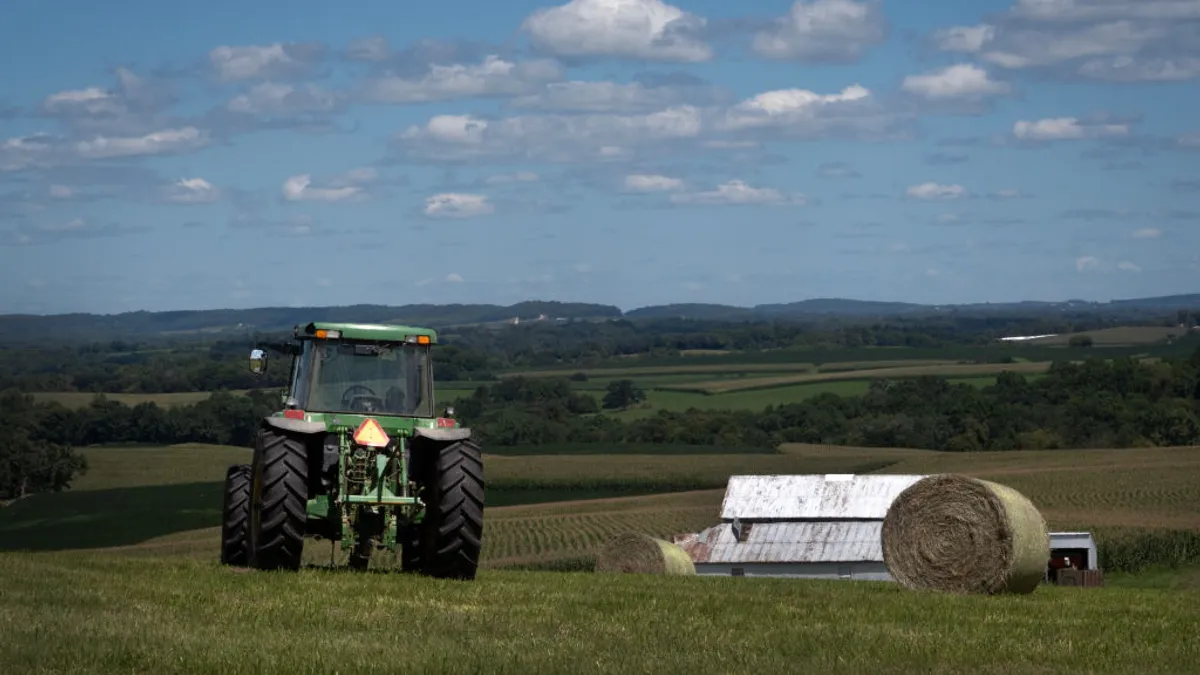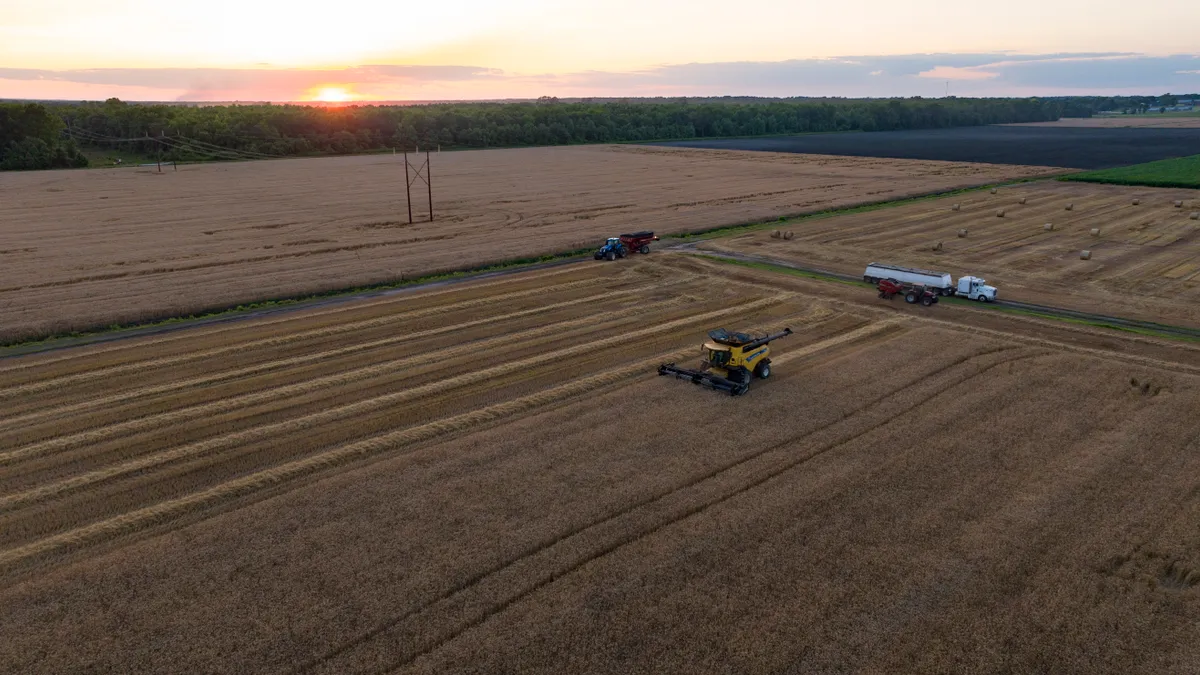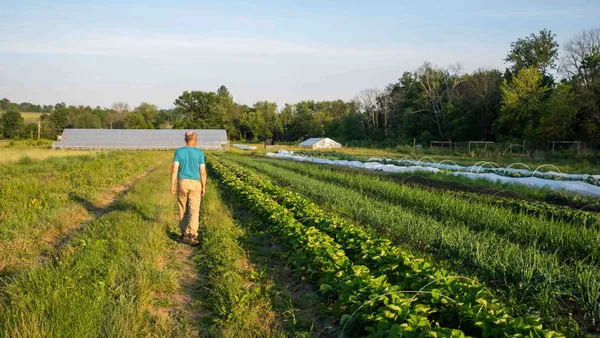U.S. farmers and ranchers have access to $10 billion in economic aid as part of the farm bill extension passed at the end of 2024 to offset broad income declines. However, a new study from the University of Illinois says that the one-time payments likely won’t be enough to reverse deep profit losses for grain producers.
While aid “significantly reduces projected losses for 2024,” many farmers will still see negative returns even after receiving the assistance, according to research estimates from the University of Illinois’ Department of Agricultural and Consumer Economics.
Low commodity prices and high production costs have pressured farm margins and contributed to a widespread downturn in the agricultural economy. With Congress still divided on a farm bill, many producers demanded that an extension include economic aid to improve balance sheets and position themselves to secure loans.
However, even with the aid, many producers will continue to see negative returns, according to the university’s study. Researchers calculated that an average farmer’s net returns on high-productivity land in central Illinois would see corn income improve from minus $161 per acre to minus $118 per acre.
A farm with 50% corn acreage and 50% soybean acreage would have a $71 per acre loss averaged across the two crops after assistance payments, researchers calculated, which is still “historically low.”
The additional aid could also have unintended consequences for farmers in terms of production costs, researchers say. Higher economic support could make landowners less inclined to lower rents or encourage fertilizer and crop protection companies to keep prices high.
Farms can qualify for aid if the gross return for an eligible commodity is less than the expected cost of production, according to the bill. The amount of assistance provided will be calculated by multiplying a farm’s economic loss by the number of acres, with the payment equaling 26% of that final number.
The U.S. Department of Agriculture will have 90 days from the enactment of the bill to make the payments. Payments will be capped at $125,000 for farms whose agricultural operations make up less than 75% of average gross income from the 2020 through 2022 tax years. Farms where agriculture is responsible for more than 75% of gross income for those years can receive a maximum of $250,000.
How much will farms receive in economic assistance?
With low returns expected in 2025, Congress could be pressured to include more ad hoc assistance. The American Farm Bureau Federation is calling for lawmakers to quickly reach a deal on a new farm bill to provide certainty for producers and eliminate the need for ad hoc aid.
“A total of $31 billion of economic and disaster aid for farmers and an extension of the 2018 farm bill has certainly saved farms,” Farm Bureau economist Betty Resnick wrote in a blog post. “However, an updated farm bill with a functioning safety net would have made much of this ad hoc aid unnecessary.”











